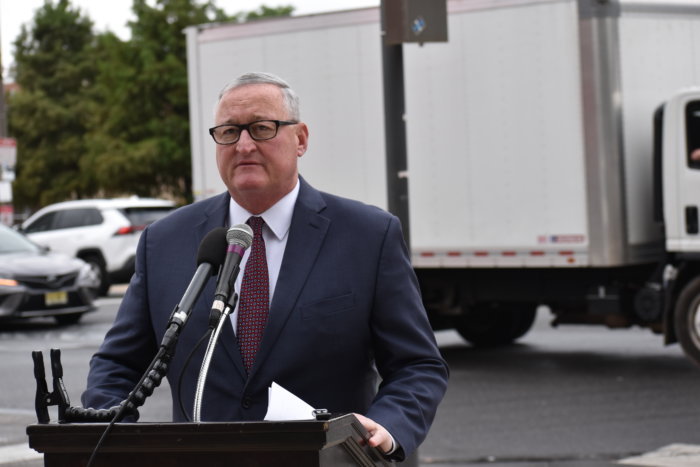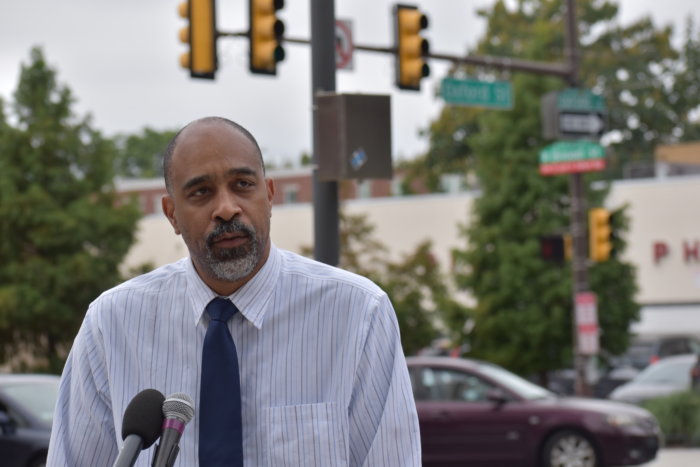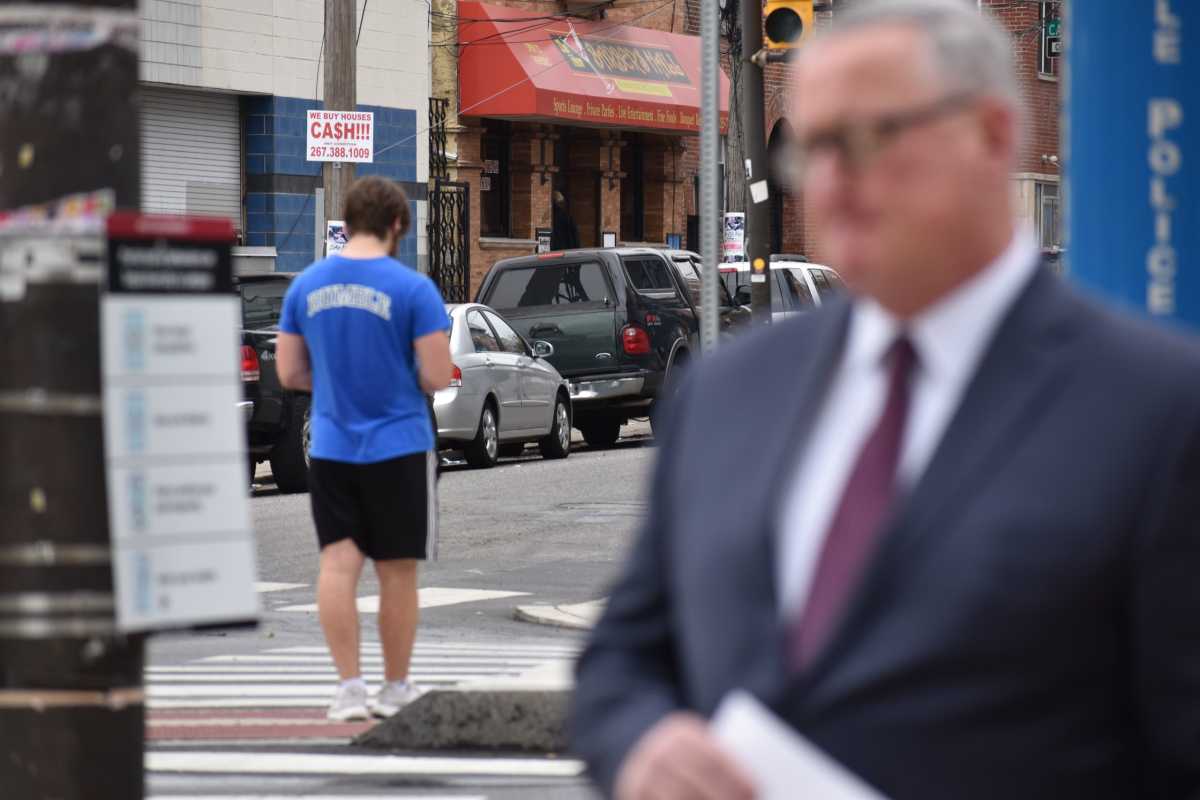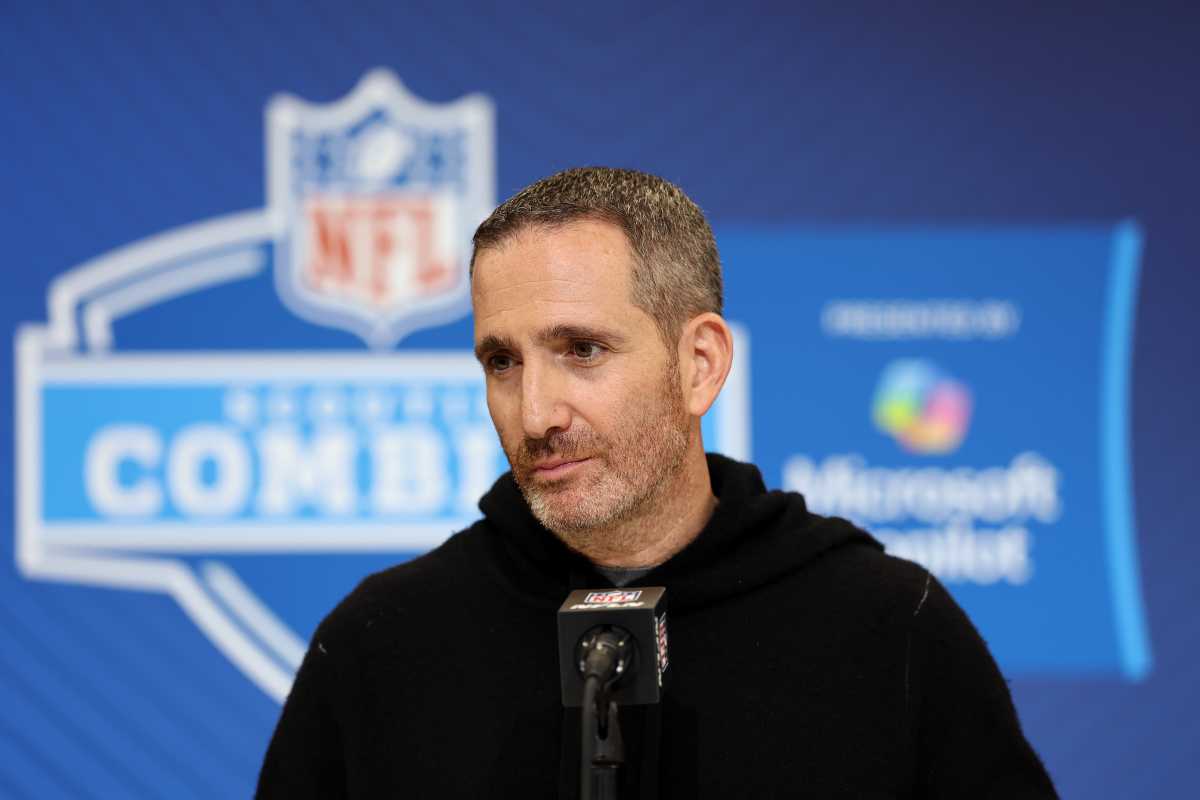Trend lines have been going in the wrong direction for city officials and advocates aiming to reduce serious crashes in Philadelphia.
Traffic fatalities surged in 2020 as 156 people were killed, 82% above the average from the previous five years, according to a new report from Vision Zero, Mayor Jim Kenney’s task force charged with eliminating all crash-related deaths by 2030.
On Tuesday night, a cyclist died after being struck by a blue-and-white Ford F-150 while trying to cross Roosevelt Boulevard at Adams Avenue in the Lower Northeast. The driver did not remain at the scene.
“We continue to be committed to eradicating traffic fatalities and improving safety on city roads,” said Mike Carroll, deputy city managing director for transportation. “I have to admit though, this past year has been very challenging.”
Fewer cars were on the road in 2020, thanks to the coronavirus pandemic, and there’s some evidence to show that people drive faster and more recklessly on less-congested streets, according to the Vision Zero report.
Still, Philadelphia has had a higher rate of traffic deaths compared to similar cities, and crashes are more likely to occur in low-income and minority neighborhoods.
“People are leadfooting around this town, they’re buying muscle cars like crazy and they’re driving like idiots,” Kenney said.
“That’s the bottom line and we will prosecute them if they, God forbid, kill somebody,” he added. “If they violate the traffic laws, we will do what we can to fine them as much as possible and to ultimately take their vehicles if necessary.”

Kenney, members of his administration and neighborhood leaders held a ribbon-cutting Wednesday for newly-installed raised medians on North Broad Street between Poplar Street and Cecil B. Moore Avenue.
That stretch of road is part of the city’s high-injury network, a relatively small subset of streets that account for a disproportionate share of accidents.
From 2014 to 2018, 148 crashes occurred on Broad Street, with 119 people injured, according to Deputy Streets Department Commissioner Richard Montanez.
“The goal of the project is to make Broad Street safe for neighbors walking, biking and driving,” Montanez said. “Studies show raised medians reduce crashes by up to 46%.”
Vision Zero’s annual report, which was also released Wednesday, shows that speeding or aggressive driving was a significant factor in 42% of last year’s fatal crashes.
In early 2020, crews installed speed cameras on Roosevelt Boulevard from Feltonville to the Bucks County line in an attempt to curb risky driving on the 12-lane road, which accounts for 14% of the city’s deadly crashes.
Drivers seem to be getting the hint. Violations dropped 93% between summer 2020 and this past February, according to the Mayor’s Office.

As part of the “Route for Change” program, a collaboration between the city, state and SEPTA, the plan over the next five years is to upgrade the Boulevard’s bus stops; install lanes reserved for buses and cars making a right turn; and add a new express bus route.
By 2040, officials want to reduce speed limits, improve sidewalks, build bike lanes and set up a dedicated bus lane on the Boulevard, according to the report.
“One of the benefits is that we get some resources from these fines in order to go back and make improvements,” Carroll told reporters. “We’re going to look at the signals along the corridor. We’re going to look at the ways to redistribute some of the lanes over time.”
Kenney’s administration is planning to publish a pair of studies, including a pedestrian safety analysis and action plan, on Monday.


























